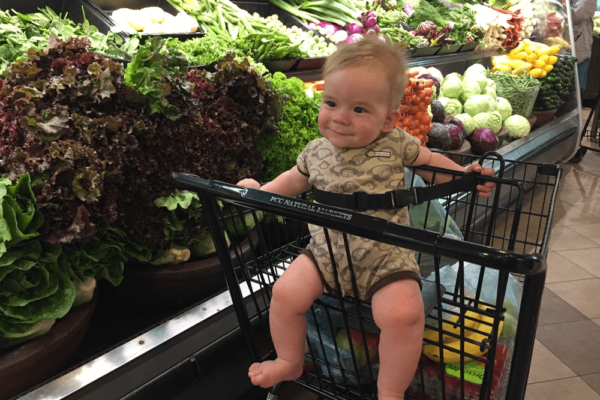Infant Nap Transitions
Infant naps change drastically over the first few years of life. As your little one grows, so do their sleep needs. See below for practical insights to help you smoothly navigate the first year of baby’s nap changes, ensuring both you and your baby rest easy during the transitions.
Understanding the Nap Transition Phases
From Multiple Naps to Fewer Naps
Infants typically start with multiple short naps throughout the day, gradually consolidating them into fewer, longer naps. This transition can be challenging, as parents may need to adapt their routines to accommodate the longer awake periods between naps.
The Move to a Regular Nap Schedule
As babies reach the age of 4-6 months, they often start to establish a more predictable nap schedule. Parents can observe their baby’s natural sleep patterns and work towards creating a routine that aligns with their child’s needs.

Tips for Smooth Nap Transitions
Observe Your Baby’s Cues
Pay close attention to your baby’s signals of sleepiness and adjust their nap schedule accordingly. Yawning, rubbing eyes, zoning out, disengaging in play, hyperactivity, fussiness or frustration can all be signs that it’s time for a nap.
Gradual Schedule Adjustments
When transitioning between nap phases, make gradual adjustments to your baby’s schedule. This can help them adapt more smoothly to changes, minimizing disruptions to their sleep routine.
Create a Relaxing Nap Environment
Ensure that the nap environment is conducive to sleep – a cool, dark room with white noise can promote restful naps. Consistency in the sleep environment helps signal to your baby that it’s time to rest.
Establish a Naptime Routine
Just as a bedtime routine signals the end of the day, a consistent naptime routine can prepare your baby for nap. This might include activities like reading a short story or gentle rocking.
Be Patient and Flexible
Every baby is unique, and their nap transition timelines may vary. Be patient with the process and be flexible in adjusting your strategies based on your baby’s responses.
Remember, you’re not alone on this parenting journey. If you’re still finding challenges or have questions, We are here to help!





Comments